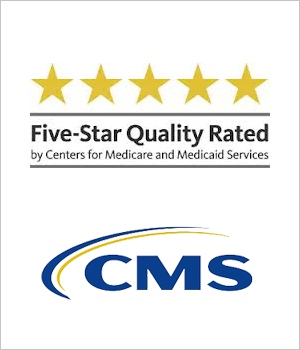

Supplementary materials for this article are available online. To provide good control and correctly calibrated rates, we propose direct standardization instead. We find that indirect standardization, as currently used by Hospital Compare, fails to adequately control for differences in patient risk factors and systematically underestimates mortality rates at the low volume hospitals. See how the hospitals near you rate Hospital performed well above average. For the ultimate purpose of comparisons, hospital mortality rates must be standardized to adjust for patient mix variation across hospitals. Cal Hospital Compare rates hospitals in California on clinical quality, patient experience, and patient safety. These types of measures are called process measures.

Some information is based on how well hospitals provided recommended and appropriate care to patients being treated for heart attack, heart failure and pneumonia, or who were receiving surgical care. To make appropriately calibrated predictions, our revised models incorporate information about hospital volume, nursing staff, medical residents, and the hospital’s ability to perform cardiovascular procedures. Hospital Compare offers the consumer information on hospitals performance on measures of quality. This process of calibrating individualized predictions against general empirical advice leads to substantial revisions in the Hospital Compare model for AMI mortality. Here, we calibrate these Bayesian recommendation systems by checking, out of sample, whether their predictions aggregate to give correct general advice derived from another sample. App for Hospital compare and Best rated Hospitals - All USA Find & Compare doctors & other health professionals. Before individualized Bayesian recommendations, people derived general advice from empirical studies of many hospitals, for example, prefer hospitals of Type 1 to Type 2 because the risk is lower at Type 1 hospitals. Except for the largest hospitals, these individual recommendations or predictions are not checkable against data, because data from smaller hospitals are too limited to provide a meaningful check. Hospital Compare’s current recommendations are based on a random-effects logit model with a random hospital indicator and patient risk factors. In particular, Medicare’s Hospital Compare webpage provides information to patients about specific hospital mortality rates for a heart attack or acute myocardial infarction (AMI). Bayesian models are increasingly fit to large administrative datasets and then used to make individualized recommendations.


 0 kommentar(er)
0 kommentar(er)
